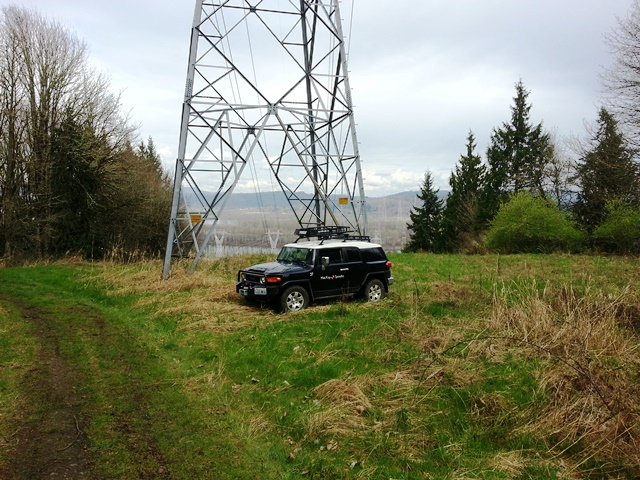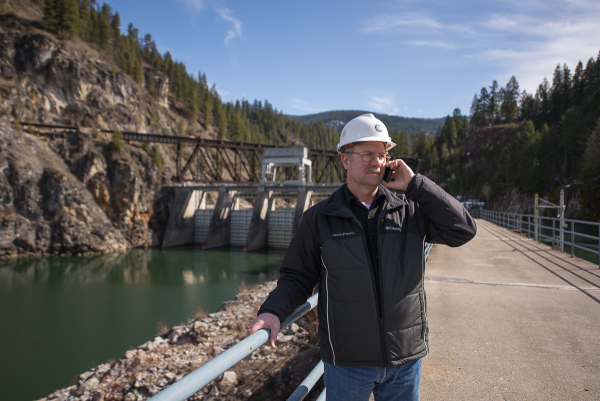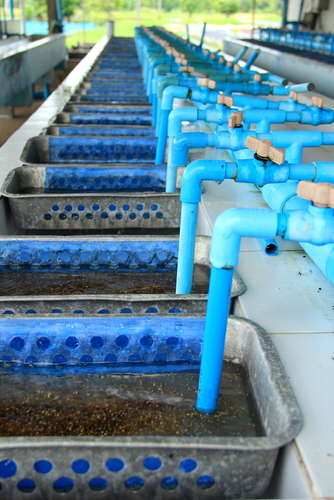Navigating in the Digital Age
The Evolution of Not Asking for Directions
I was cleaning out my car the other day. It’s normally a fairly tame task, in fact the only time it can get a little exciting is when cleaning out under the seats. There’s something about not being able to see what you’re doing, reaching up at awkward angles, rooting around in the wiring and seat railings never knowing what long lost treasure, or trash, you may find. Amongst the spare change and a leaking ink pen, I fished out an old mainstay – a road map. I got a little nostalgic thinking about how things have changed from the last time I pulled out a road map, which is getting close to a decade ago. It was my tool for driving back and forth across the country while changing duty stations when I was in the military. The last line of defense from getting lost, and perhaps the only thing worse than getting lost….having to stop and ask for directions.
Stop! Read This Before Replacing or Updating Your Hydro Turbines (Part 2)
- Pat Carroll
- Energy, Energy Generation
Overcoming Geographic Challenges (Part 2 of a 4 Part Series)
Updated June 14, 2016
In my last post, I committed to an ongoing discussion about issues you should consider before replacing or upgrading an existing hydropower turbine. These are challenging projects which will tax even the most savvy operator. I also discussed ways to mitigate risks through effective contracting and project management.
Stop! Read This Before Replacing or Updating Your Hydro Turbines (Part 1)
- Pat Carroll
- Energy, Energy Generation
(Part One in a Series of Four Topics)
Replacing or upgrading existing hydropower turbines is no small task. You’ll face a number of challenges including the sourcing of parts from all over the world, remote work locations, internal staff turnover, difficult contractual relationships, deadlines, and budget constraints. There will be plenty of reasons you won’t sleep at night.
Four Tips for User Friendly and Maintainable Fish Facilities
- Jason Irving
- Energy, Energy Generation
You’re not alone. Fish facilities are often complex projects with a multitude of electrical, mechanical and other moving parts. Modifications during or after construction can be considerably more expensive especially on these facilities which are often in remote locations, so you want to get it right the first time.
You spend significant time and money planning, permitting, designing and constructing fish facilities. Often times O&M staff will make modifications using simple materials such as plywood and pulleys. While these modifications are generally low cost and functional, the materials may not stand up over time. The following tips will help you get it right the first time and avoid costly repairs and frustrated O&M staff.





Leave us a comment below